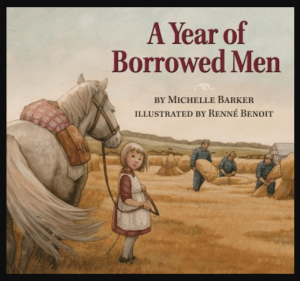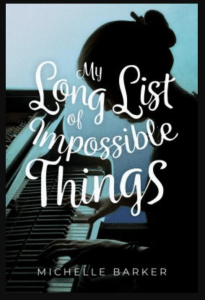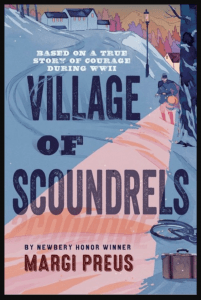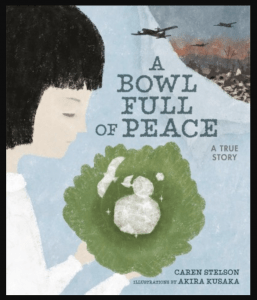Rosen, Michael. One Day: A True Story of the Survival in the Holocaust. Somerville, Massachusetts: Candlewick Studio, an imprint of Candlewick Press, 2025.
Probably all of us can think back to day when everything changed, a day when our lives took a new direction. In this true story, Eugene Handschuh recalls a day when he and his father were arrested by the Paris police and handed over to the occupying Nazis. He describes being sent to a prison camp, being part of a team of prisoners secreting digging a tunnel, being caught, being sent to another camp but escaping from the train and returning to Paris to rejoin the Resistance. Told from the first person point of view and hauntingly illustrated by Benjamin Phillips, this powerful picture book by a renowned storyteller will be long remembered. Unreservedly recommended for thoughtful readers 10 years old and up.






